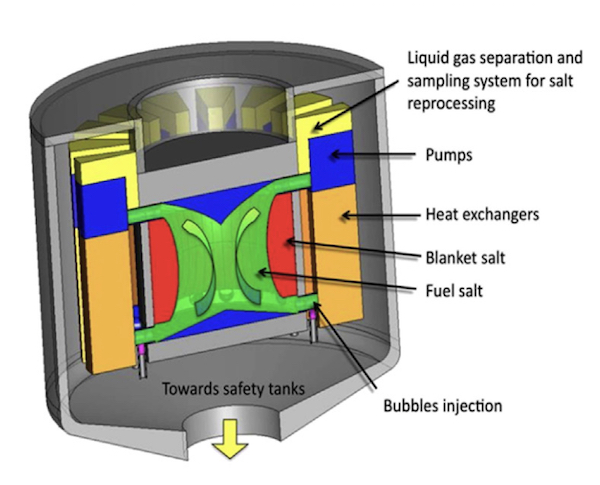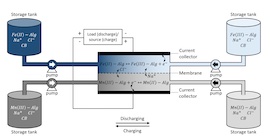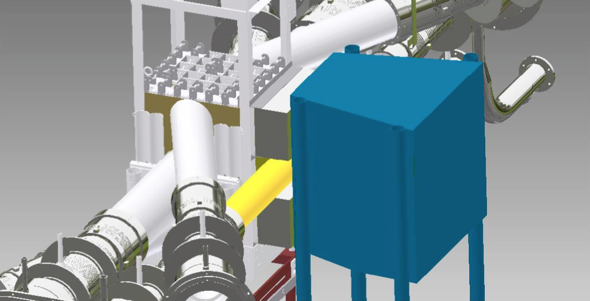Transport Phenomena in Nuclear Applications
topics
Supercritical Fluids
Supercritical fluids are increasinly applied in a wide range of industrial processes such as the supercritical water reactor (SCWR), conventional power plants, separation technologies and heat exchangers. These applications use the strong variation of the properties such as heat capacity, density and solubilities to enhance these processes.
In the nuclear industry, supercritical can be applied to the Generation-IV Supercritical Water Reactor and in emergy cooling systems for the current fleet of nuclear reactors.
Our research group is a leading group in the field of supercritical heat transfer. We try go understand the underlying phyiscs in a fundamental way by using experimental techniques (LDA, PIV) and numerical techniques.
Molten Salts
In the innovative Molten Salt Fast Reactor (MSFR), a mixture of 232Th, 233U and Li fluorides at 750 oC is used to produce energy. The advantages of this reactor are
-
No long-lived radioactive waste is produced
-
Thorium is largely and widely available. On average, one scoop of soil contains the energy equivalent to 60 liters of petrol
-
The reactor is very safe. Accidents like Fukushima cannot happen.
-
Radioactive waste from conventional reactors can be 'burnt' as well.
There are signs that the salt can be used for the efficient production of medical isotopes as well.
Flow Batteries
The rise of intermittent electricity sources has increased the relevance of large scale energy storage technologies. Semi-solid flow batteries are a promising technology for large-scale energy storage. In search of a safe system with inexpensive components, a new semi-solid flow battery with an aqueous, alginate-based electrolyte is studied. The electrolyte contains conducting carbon black particles to improve electronic conduction. The research group aims to contribute to a better understanding of the influence of flow on rheology and internal resistance (e.g. electrical and ionic).
Research is done in cooperation with the Storage of Electrical Energy group (dr. Erik Kelder)
Isotope Production
The usual way of producing medical isotopes is the irradiation of 235U in large reactors. In this way, The Netherlands is responsible for one third of the worldwide demand of 99Mo, an isotope that is used for medical diagnosis. The time between irradiation and delivery amounts to 6 days and during these 6 days, a lot of useful activity disappears due to the natural decay of 99mTc to 99Tc.
Shortening the supply chain by developing alternative production methodologies would result in more product. Moreover, methodologies which do not depend on the current fleet of relatively old reactors would decrease our dependency on possible failure of those reactors.
Research is performed in cooperation with the group Applied Radiation and Isotopes (dr. Antonia Denkova and dr. Robin de Kruijff.
Rod Bundle Flows
The flow along a rod bundle is more complex than one would expect. Coherent vortex streets can exist that move along the rod bundle. These streets are formed by an inflection point in the velocity profile, which form 'rolls'. These rolls induce a laterial flow and therefore enhances lateral heat transfer and, therefore, enhances cooling of the nuclear fuel. Other phenomena relate to secondary flows, fluid-structure interaction and the influence of spacers.
Martin Rohde (2025)




